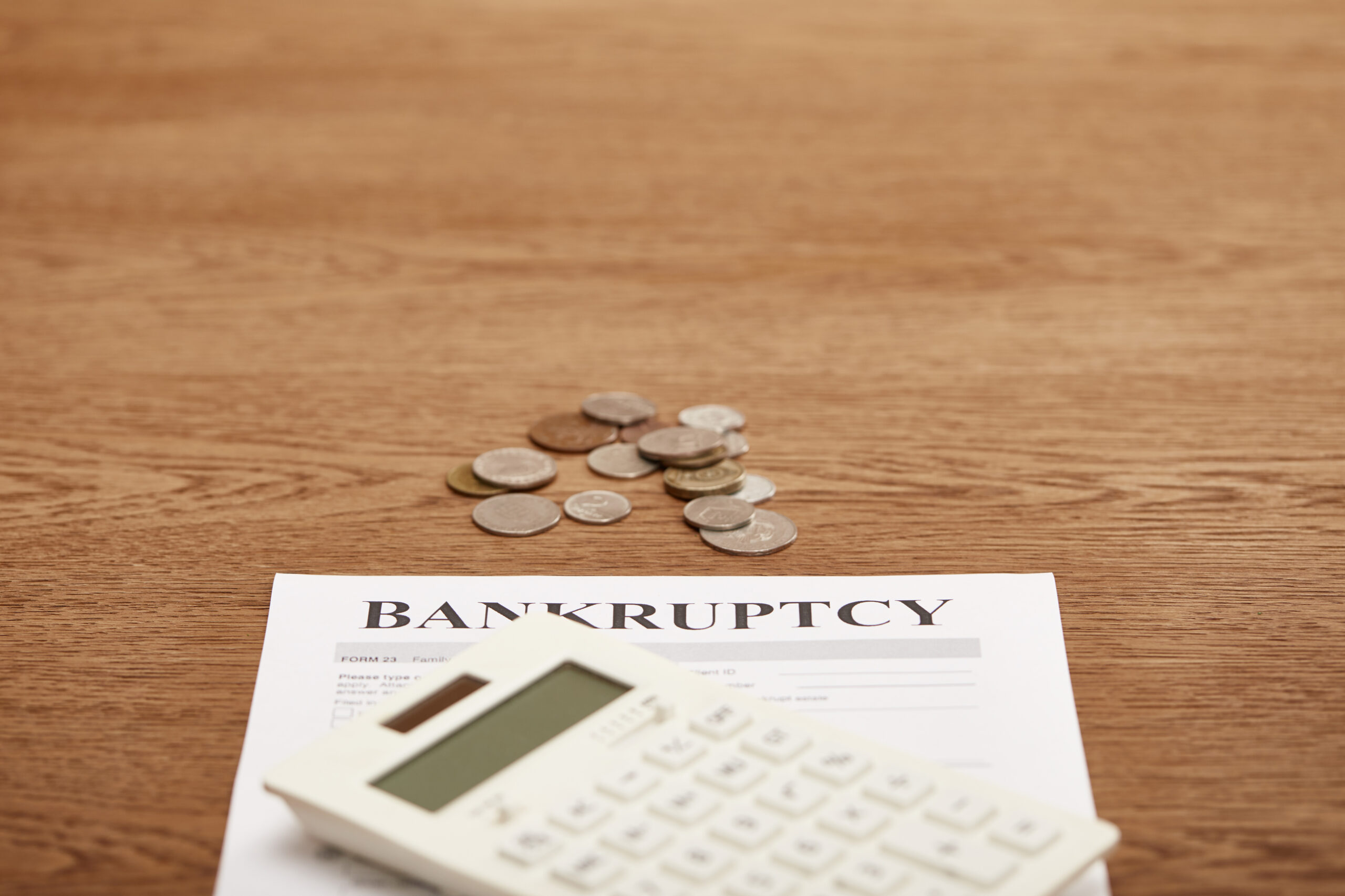- 18 Oct 2025

Filing for bankruptcy is a significant decision that can provide relief for individuals struggling with overwhelming debt. Among the different types of bankruptcy, Chapter 7 is one of the most common forms. This article explores what Chapter 7 bankruptcy entails, its comparison with Chapter 13, and essential steps to consider when filing.
Bankruptcy is a legal process that allows individuals or businesses to eliminate or repay their debts under the protection of the federal court. The primary purpose of bankruptcy laws is to provide a fresh start for those who cannot meet their financial obligations. This legal protection ensures that creditors cannot take aggressive actions to collect debts once the bankruptcy process has begun.
Chapter 7 bankruptcy, often referred to as “liquidation bankruptcy,” is designed for individuals who cannot repay their debts. It allows for the discharge of most unsecured debts, such as credit card bills and medical expenses, providing a fresh financial start.
To qualify for Chapter 7 bankruptcy, individuals must pass a means test, which evaluates their income level compared to the median income in their state. If your income is below the median, you may qualify for Chapter 7. If it’s above, you may be required to consider Chapter 13 bankruptcy.
One of the key benefits of Chapter 7 bankruptcy is the potential for exemptions. Each state has its own set of exemptions, allowing individuals to keep certain assets, such as a primary residence, personal belongings, and retirement accounts. Understanding what you can exempt is crucial when filing for bankruptcy.
The process of filing for Chapter 7 bankruptcy involves several steps:
While it’s possible to file for Chapter 7 bankruptcy without an attorney, having legal representation can be beneficial. A bankruptcy attorney can guide you through the complex process, ensure that all paperwork is correctly completed, and advocate on your behalf in court.
When considering bankruptcy options, it’s essential to understand the differences between Chapter 7 and Chapter 13 bankruptcy:
Filing for bankruptcy can have lasting effects on your financial life. One of the most significant consequences is the impact on your credit score. A Chapter 7 bankruptcy can remain on your credit report for up to ten years, while a Chapter 13 will typically remain for seven years. This may affect your ability to secure loans or credit in the future.
Additionally, filing for bankruptcy can influence your ability to rent a home or get certain jobs, as some landlords and employers conduct credit checks.
Filing for bankruptcy is a significant step that can offer relief from overwhelming debt, particularly through Chapter 7 bankruptcy. Understanding the process, the differences between Chapter 7 and Chapter 13, and the potential consequences is crucial for making informed decisions.
If you’re considering filing for bankruptcy, consult with a qualified bankruptcy attorney to evaluate your options and ensure the best outcome for your financial future. Remember, while bankruptcy can provide a fresh start, it’s essential to consider the long-term implications and take steps toward rebuilding your financial health.